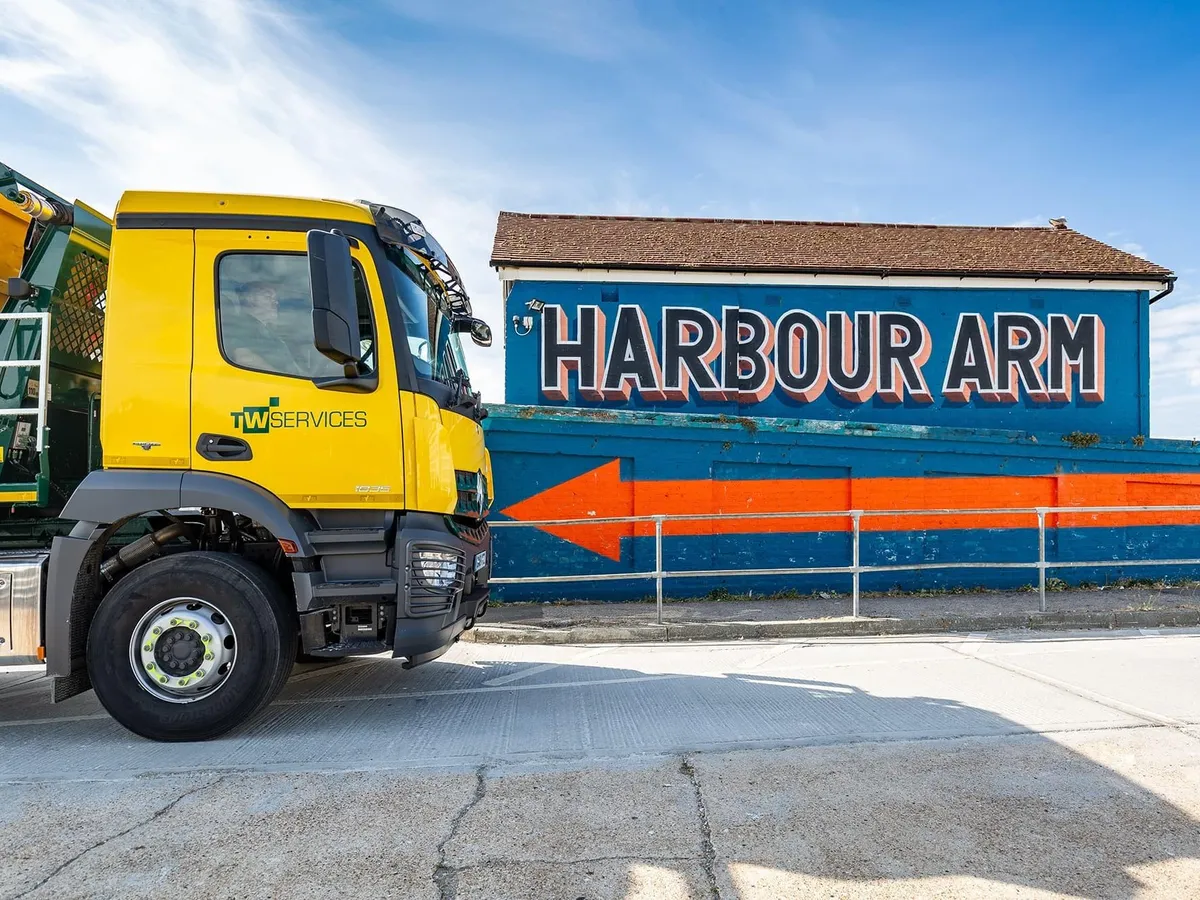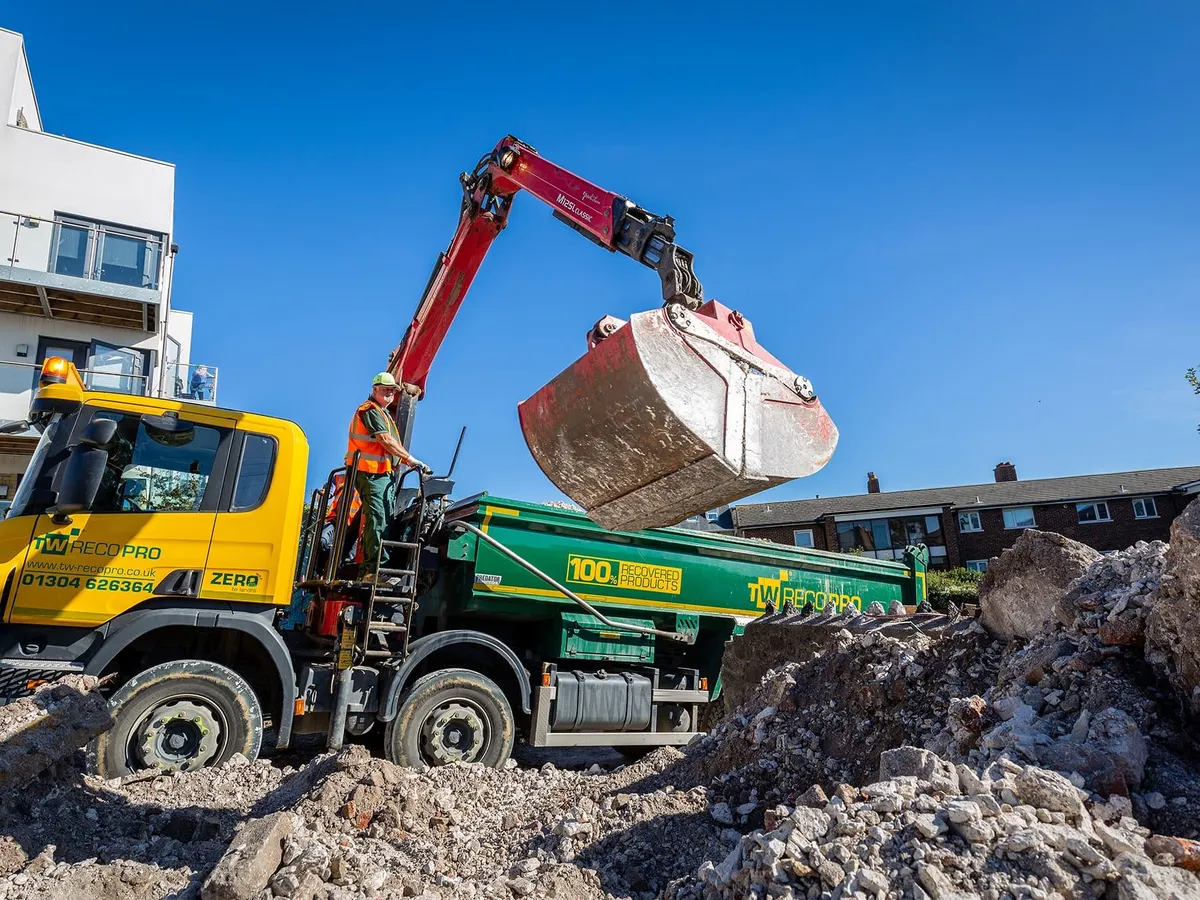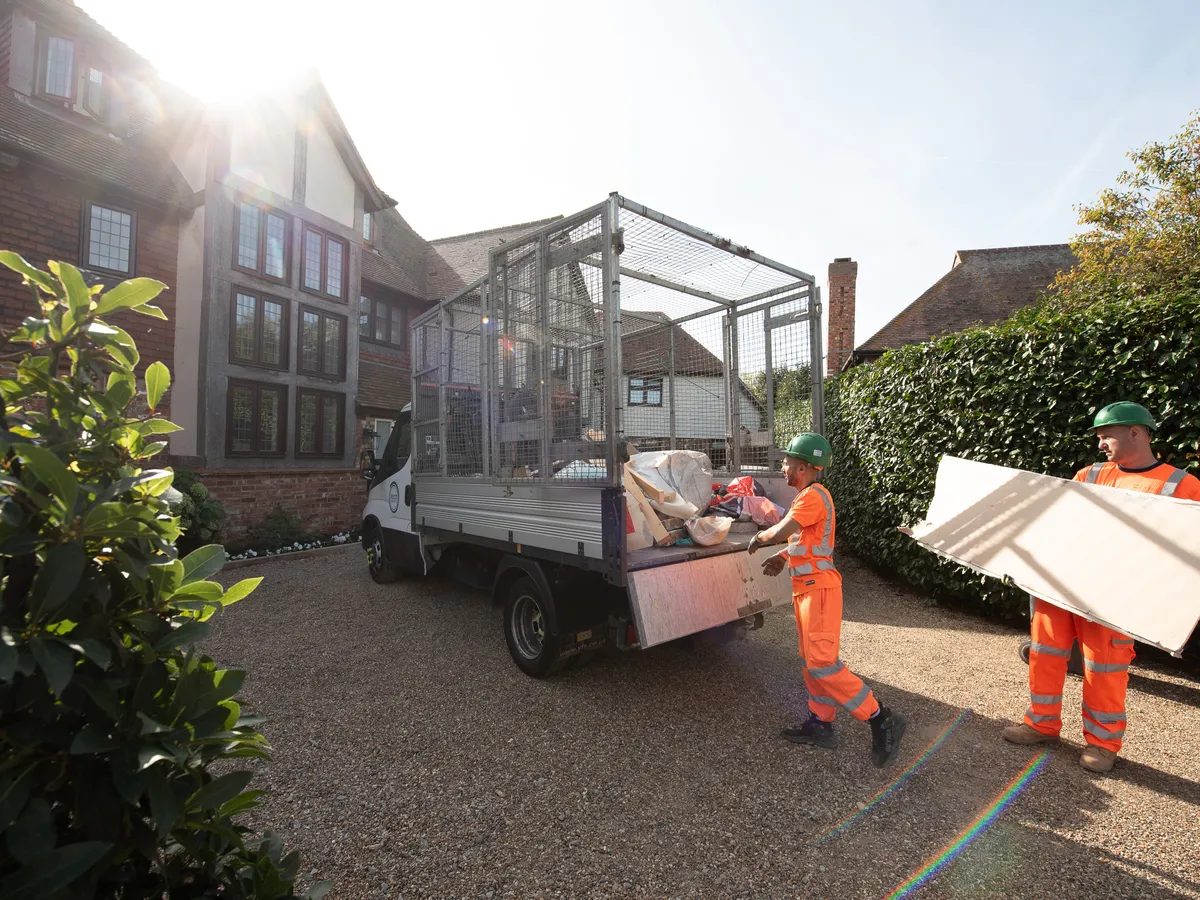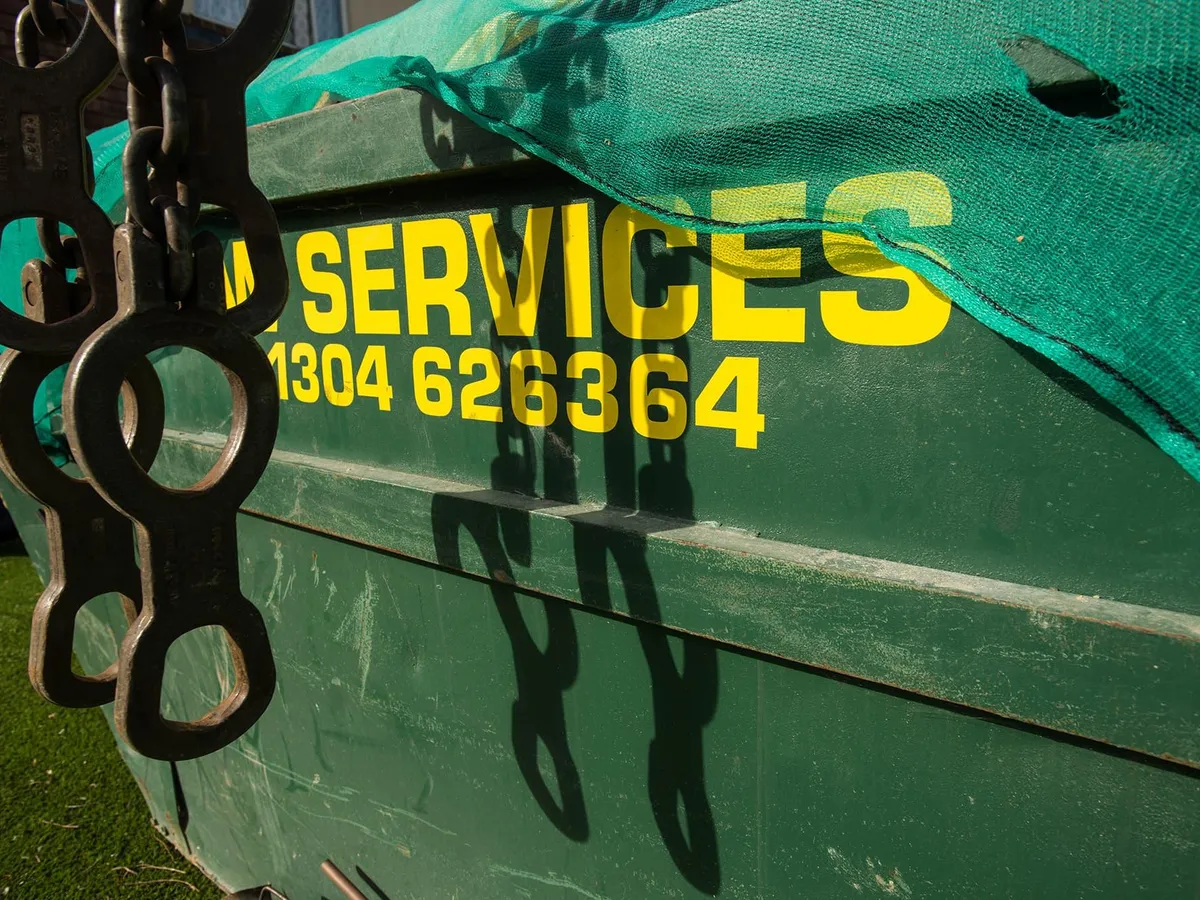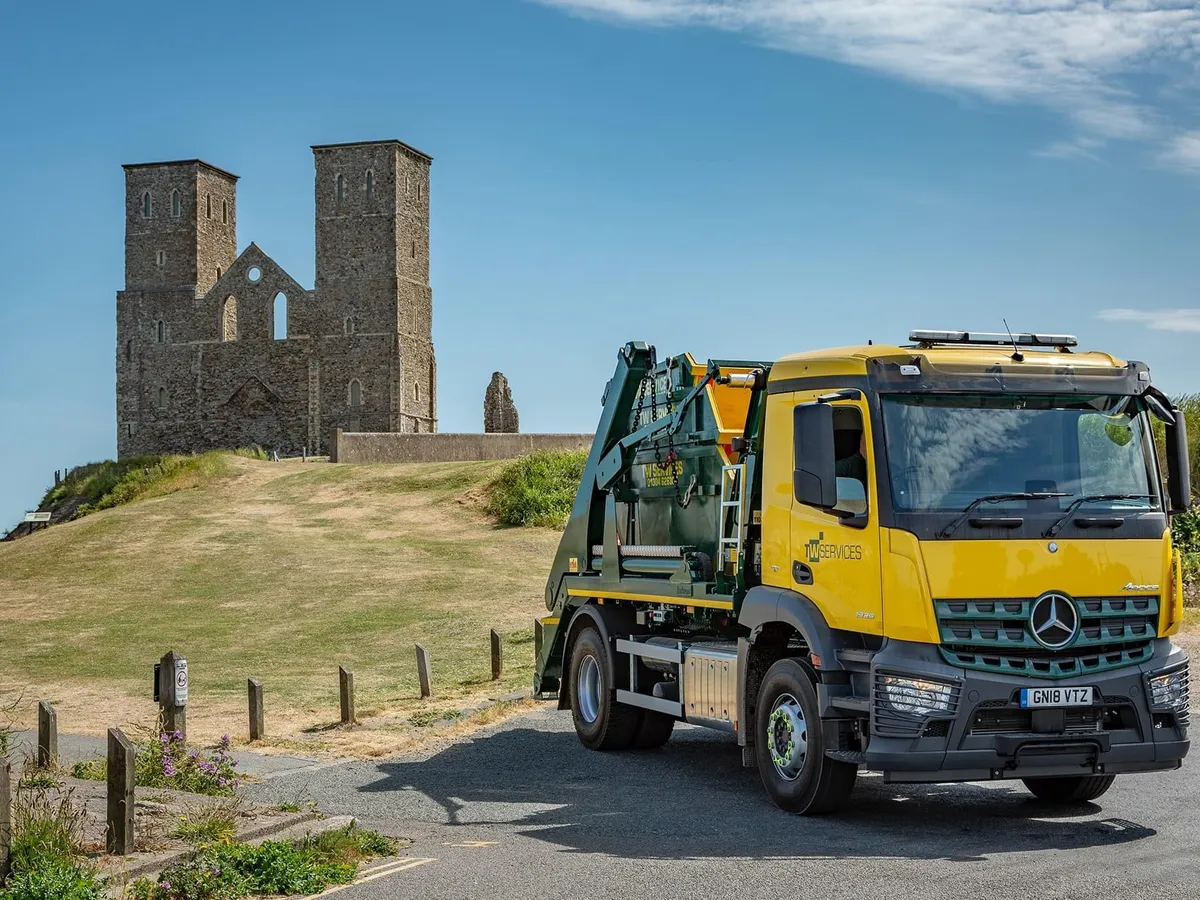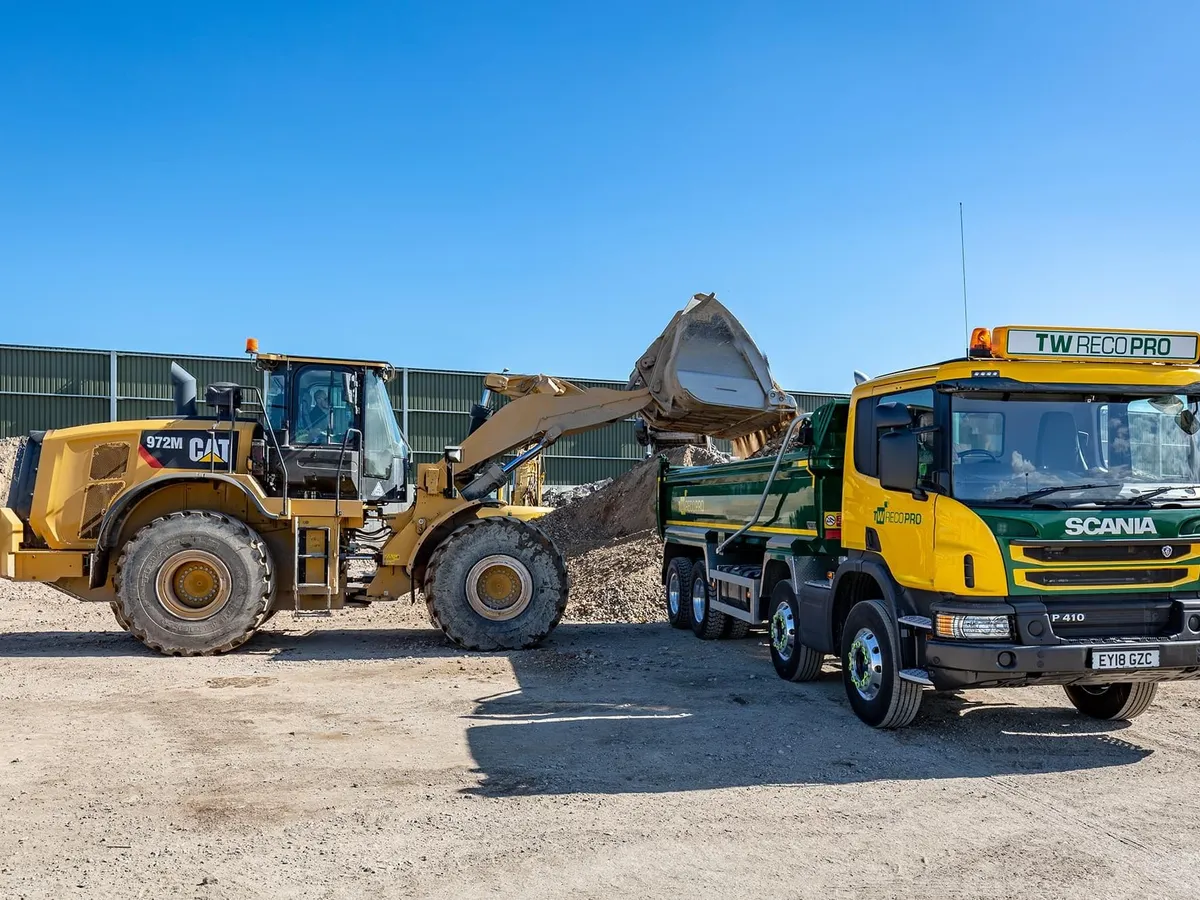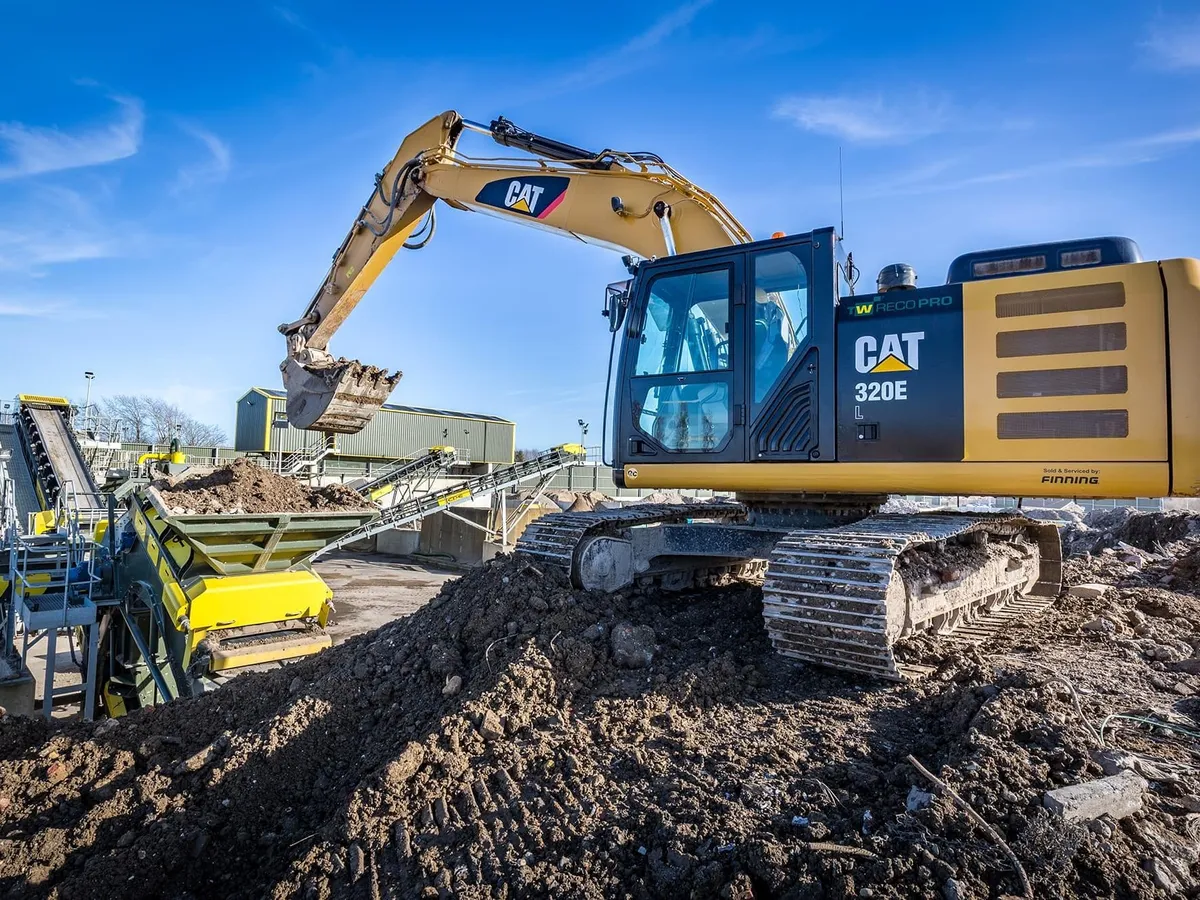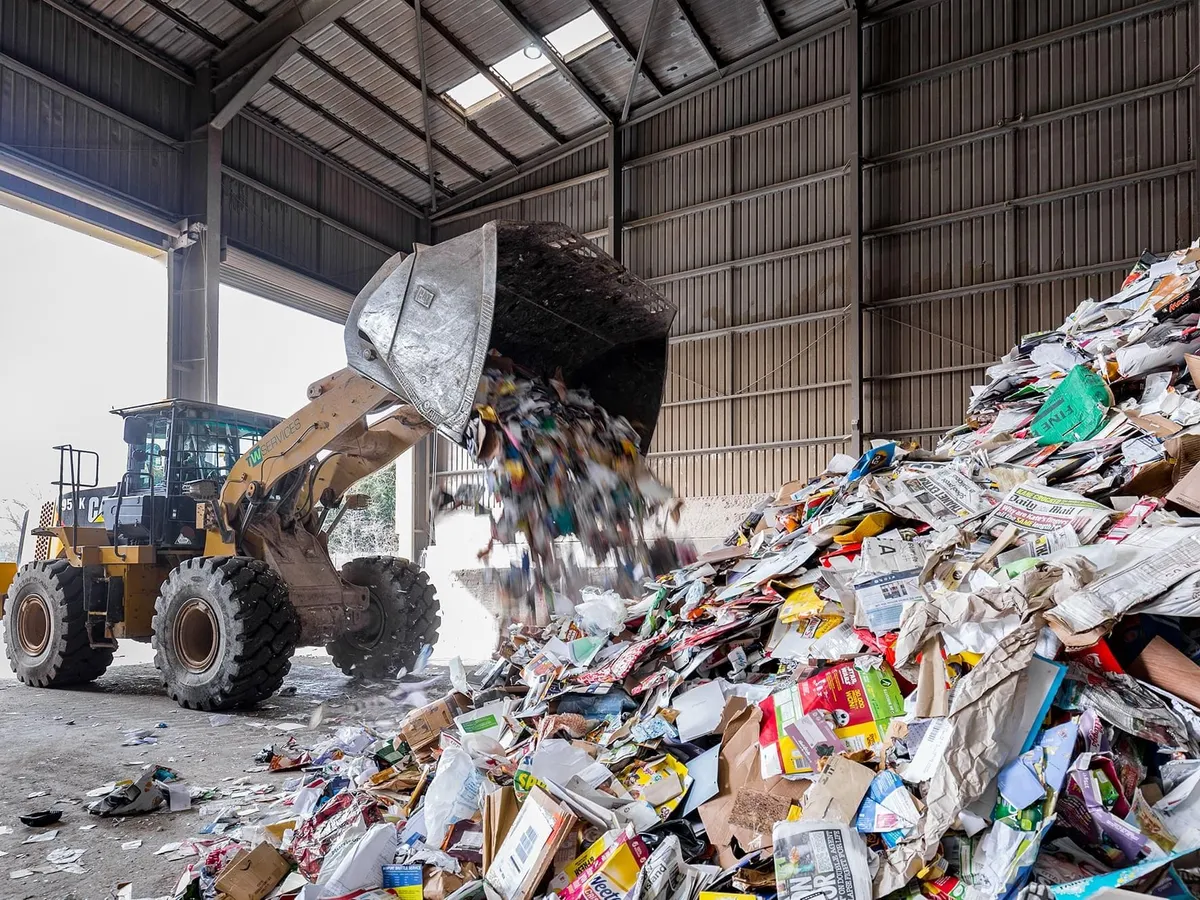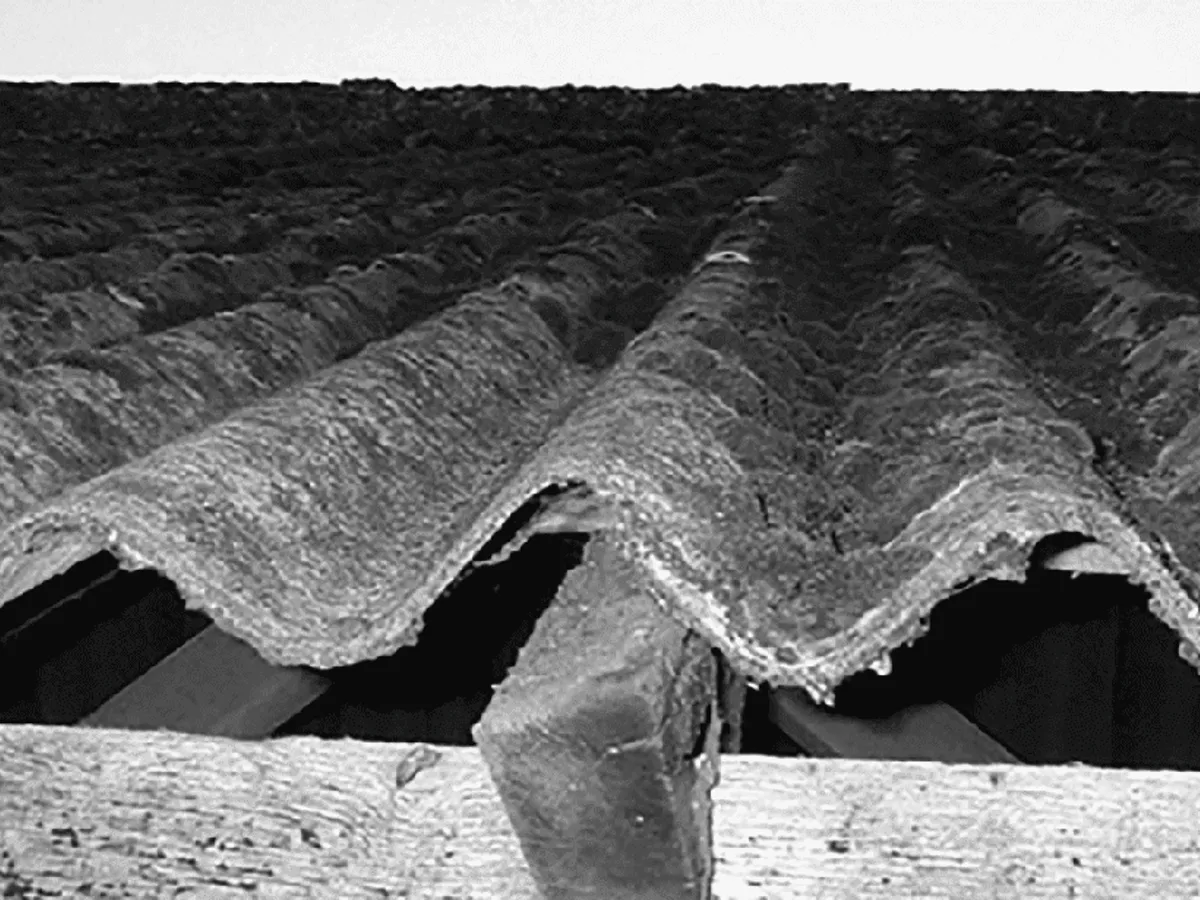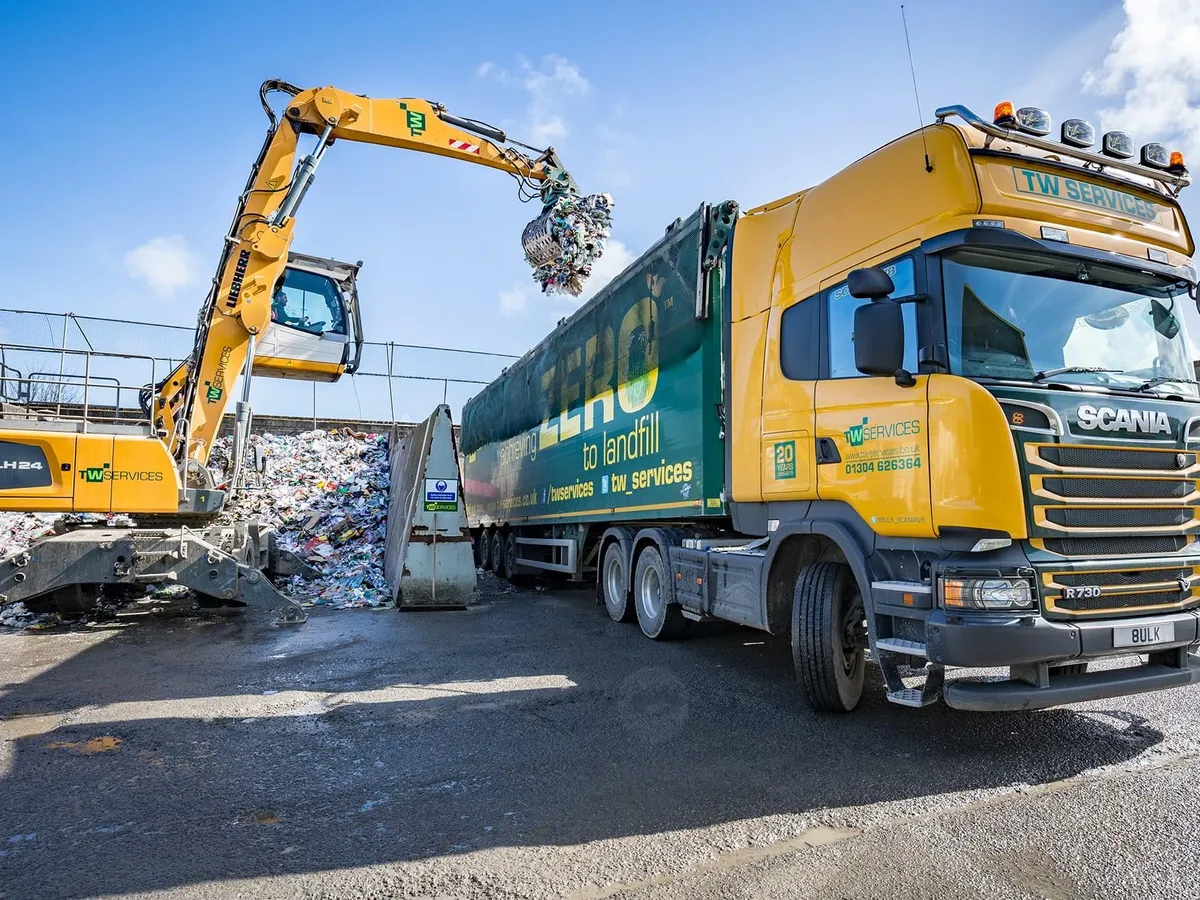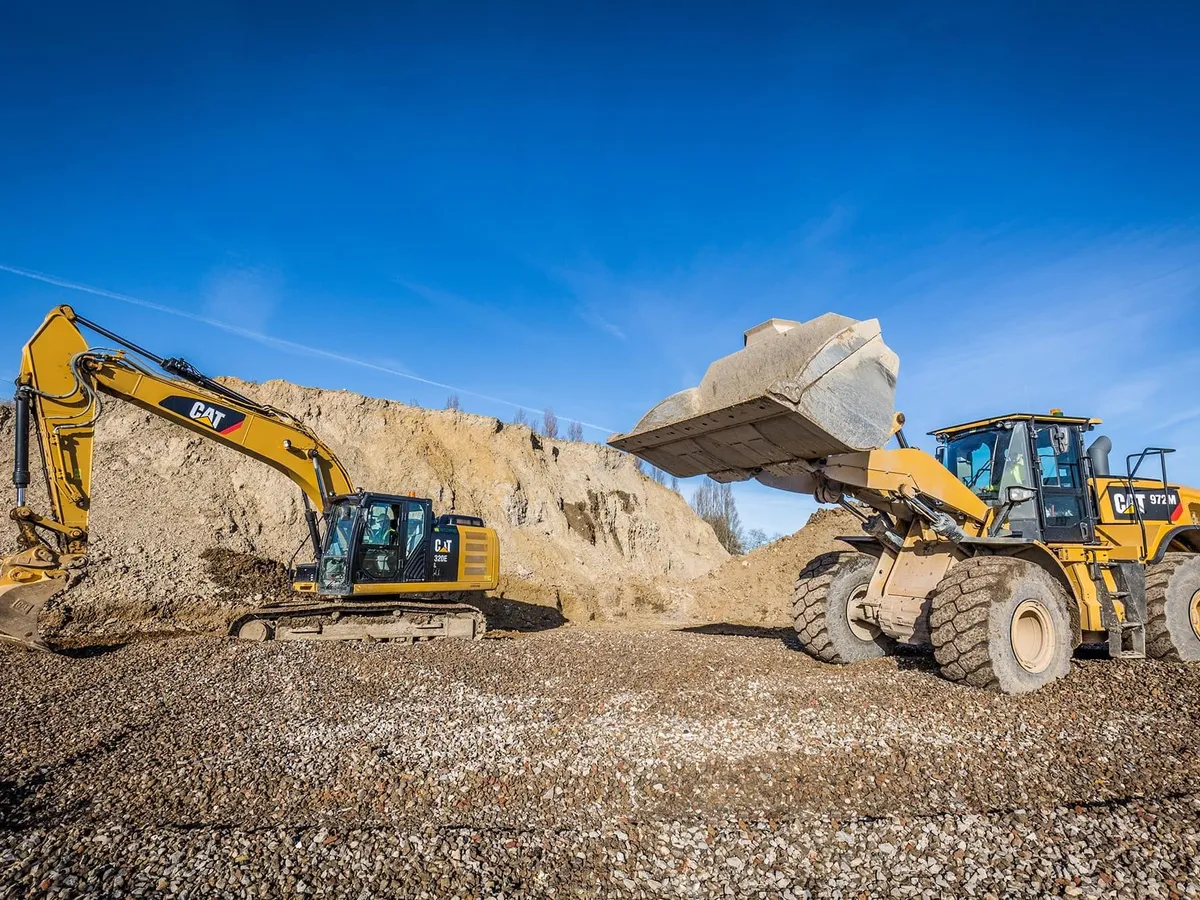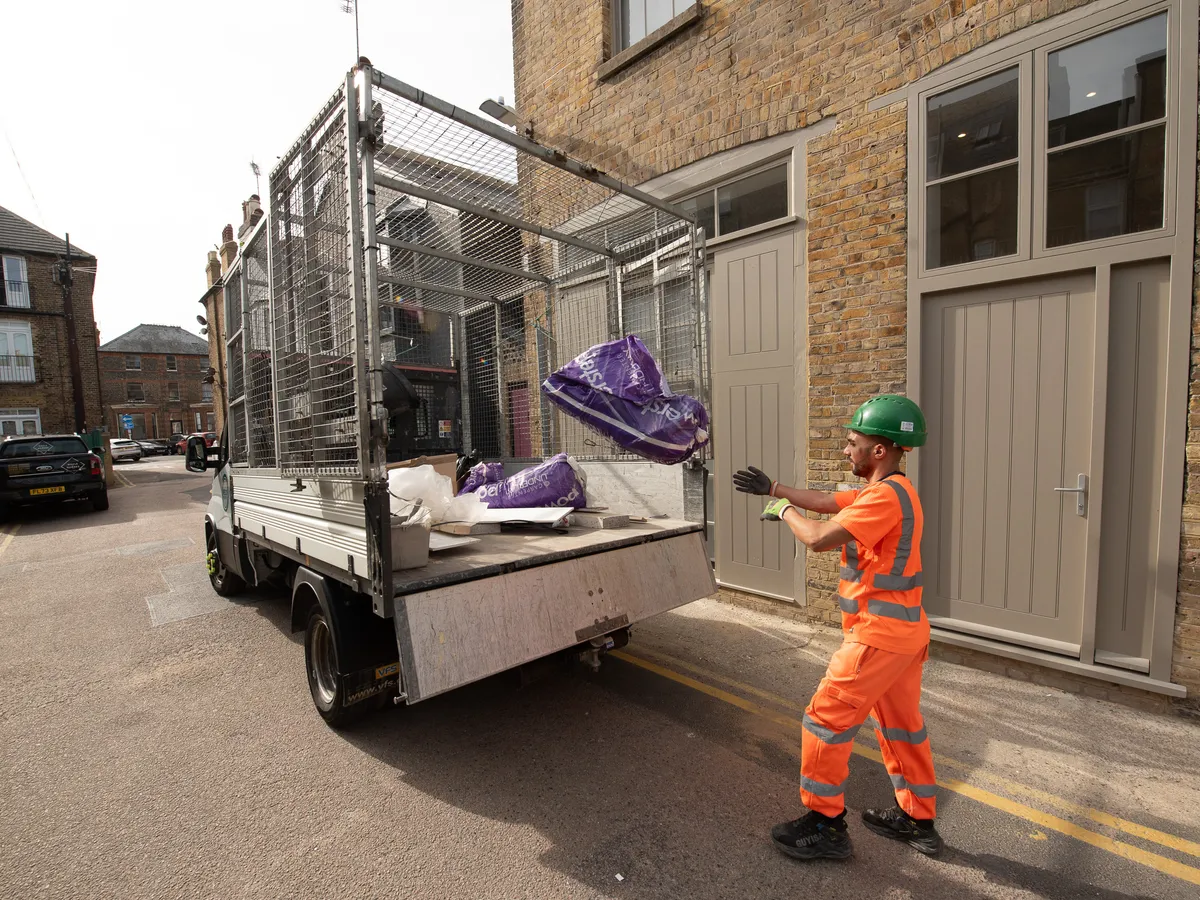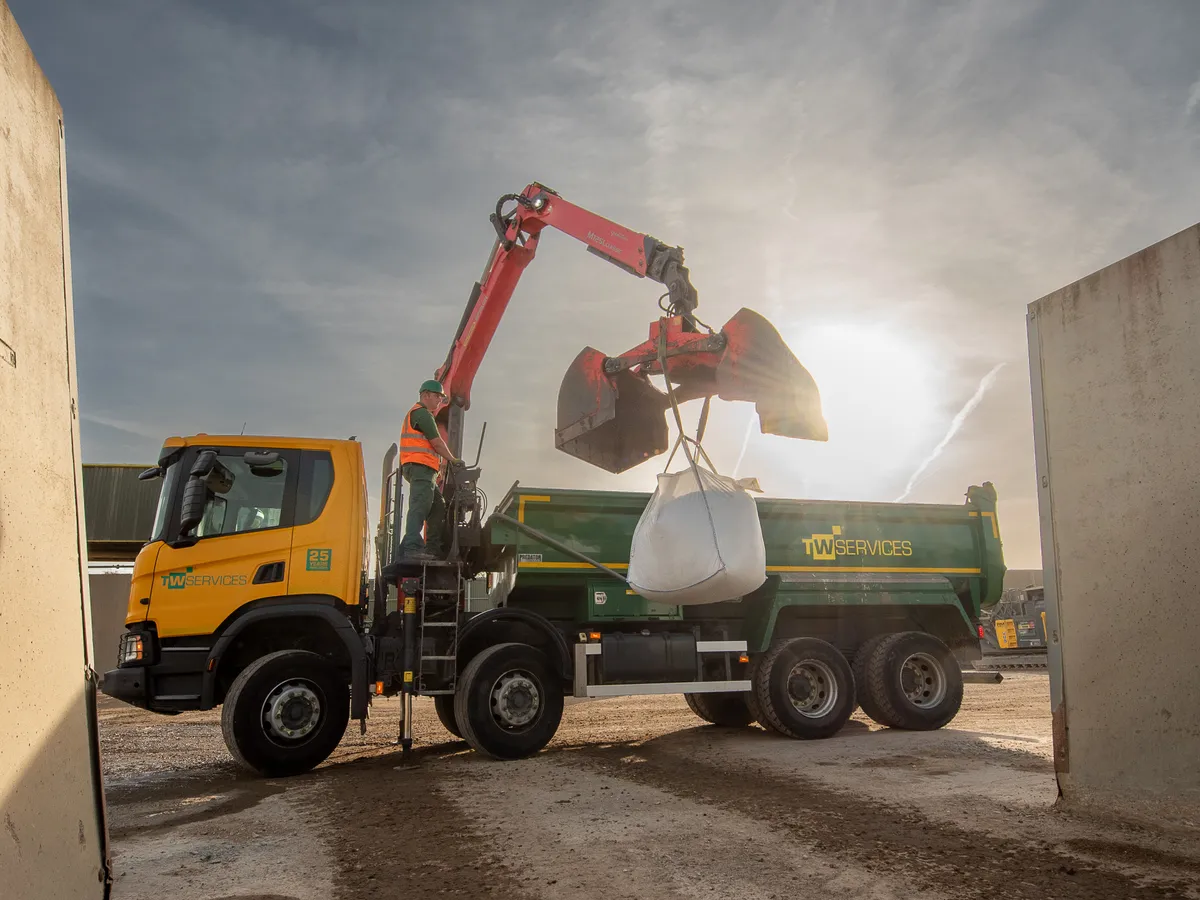
How a Landfill Works
In basic terms, the point of a landfill is to isolate the rubbish from the elements, as well as groundwater, by lining a huge area with clay or another bottom liner and some soil so that the contents are discouraged from rotting. The disposed rubbish is stored in the pit rather than being given the opportunity to decompose. This method is so effective that landfills that have been excavated have been known to hold 40-year-old newspapers that are still intact and readable!
So, next we’ll look in more detail at how a landfill functions, from implementation to capping the landfill at its capacity.
Once the layers of clay, geotextile, plastic, soil and gravel have been laid (the combination of those is dependent on the site owners’ preferences and agreements made upon application), next the cells are formulated. Cells, in landfill terms, are the name of the sections where waste can be tipped. When one cell is full another is usually being prepared until the site is complete. After every occasion or waste disposal a compactor drives over the waste in order to create a level surface and use the space effectively. At the end of each day a layer of soil or matting is spread over the top to prevent odours and prepare the ground for additional levels or simply to finish that cell. If it’s full a plastic cap is also placed over the top before work begins to restore the land.
When biodegradable waste rots without air, harmful gases such as methane and carbon dioxide are released. Gas levels around landfill sites are closely monitored to ensure dangerous amounts can be detected. It’s due to this that at many landfill sites have gas extraction wells built into each cell, and the gases that do occur as a result of waste breaking down, are then pumped to a turbine house and used to generate electricity.
There is also often a leachate collection system. Leachate is the name of the liquid made when water falls through rotting waste. It’s extremely polluting so can’t be allowed to escape into the surrounding ground or waters. A series of wells are drilled into the waste, each fitted with a pump. The pumps send excess leachate to onsite storage tanks which are usually removed by tanker and taken to a licensed disposal facility.
To finalise the operation of any given landfill site a permanent cap, usually made from clay or plastic, is placed over it. The cap prevents rain getting to the waste and stops gases being emitted into the atmosphere. These areas are usually covered with grass and have trees and foliage planted to make the most of the rich nutrients in the soil, but any restoration is in adherence of advice from environment agencies.
There you have it, now you understand how a landfill works. If you have any questions about domestic or commercial waste management, we’d be more than happy to help and share over 20 years of expertise. Find out more here via our app or alternatively, get in touch on our website.
